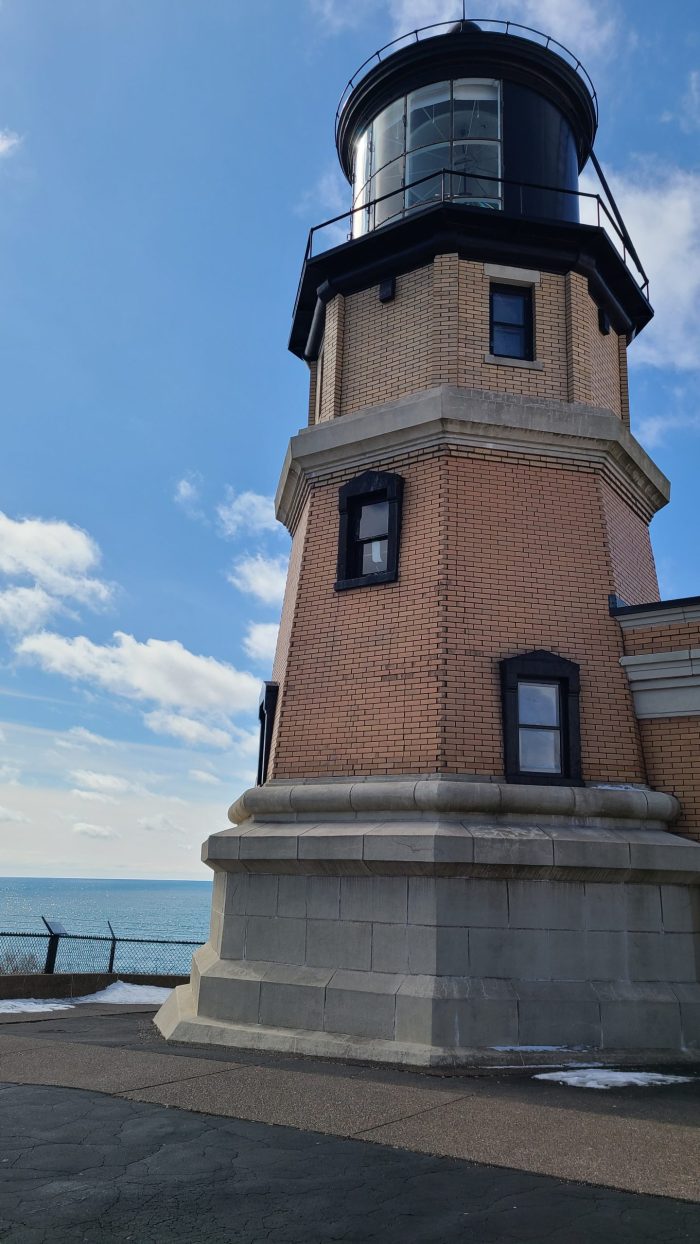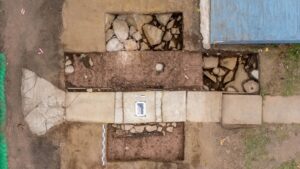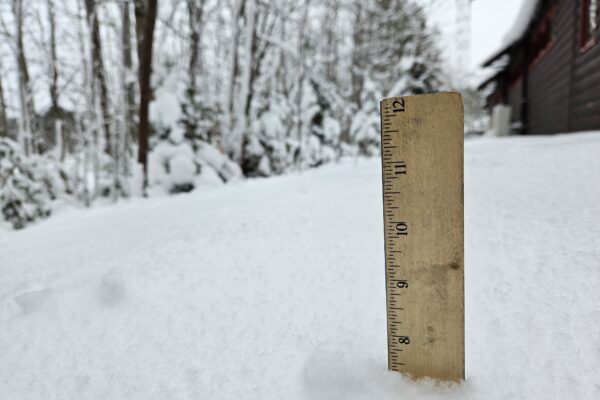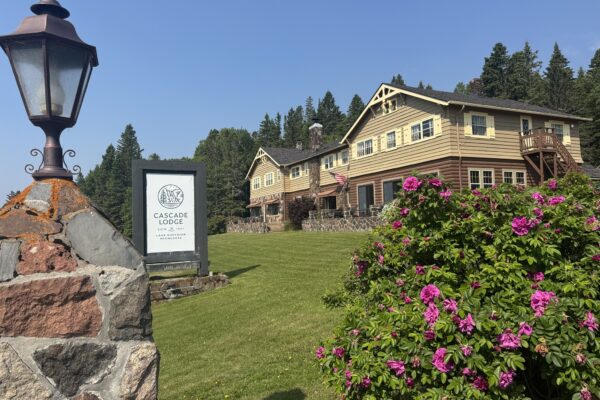Excavation at Split Rock Lighthouse uncovers historical pieces of construction
Restoration work at Split Rock Lighthouse uncovered long-lost pieces of the site’s construction. Archaeologists uncovered original rail ties and several railroad spikes for a tramway that was used to bring building materials up the cliff from Lake Superior during the lighthouse’s construction.
The discovery surprised the archeological team from the Minnesota Historical Society, who had been working on the site since 2022, but could not access parts of it until this summer’s restoration project.
“We did found a lot of records, noting that the tramway, when they completed the deconstruction, that they removed a lot of materials,” Jennifer Rankin, the director of archeology at the Minnesota Historical Society, told WTIP. “And so, we kind of assumed that we weren’t going to see any rails.”
The discovery aligns with historical records that Split Rock Lighthouse used a tramway in its construction after a derrick on the northeastern edge of the rock cliff failed. The derrick was one of the first structures built at Split Rock.
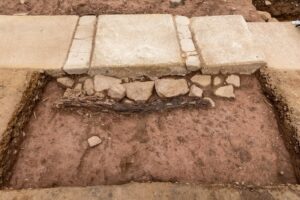
Unearthed tramway discovered by archaeologists at Split Rock Lighthouse | Photo by Minnesota Historical Society
“We found the exact footprint of the derrick, and there’s a lot more to that than we have actually seen or that is documented,” Rankin said. “That is actually going to be another component of work that we’re going to be doing later this summer.”
Split Rock Lighthouse was constructed during the iron ore boom in the early 1900s as dozens of ships navigated Lake Superior with iron ore shipments. In 1905, a single storm damaged 29 ships and caused over 200 deaths. Afterwards, U.S. Steel led a lobbying effort in Congress to build a lighthouse. In early 1907, Congress appropriated $75,000 for a lighthouse and fog signal at Split Rock. The lamp at the lighthouse was first lit in 1910.
Constructing a remote lighthouse in the 20th century was an engineering feat for an organization already known for building structures in remote locations. Even with historical records, the lighthouse’s construction leaves archaeologists with questions.
“There’s a lot about history that is not included in records. And so that is kind of what we focus on,” Rankin said. “And so as we’ve been doing a lot of these studies, we have been seeing kind of a lot of different things that we didn’t have evidence for.”
The lighthouse could only be reached by water until the Lake Superior International Highway was completed in 1924. In the 1930s, Split Rock became a popular stop for tourists traveling the highway. In 2011, Split Rock Light Station was designated a National Historic Landmark.
According to the Minnesota Historical Society, restoration work at the lighthouse includes improvements to existing pathways and restoring historic circulation patterns within the historic core. After the project is completed, guests will have access to a new view of where the historic hoist and derrick system was located and learn how it brought materials up from the water in 1909 during construction of the site. This new extended platform will provide views of the lighthouse, coastline, and Lake Superior.





